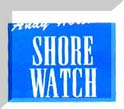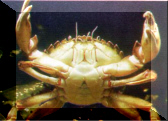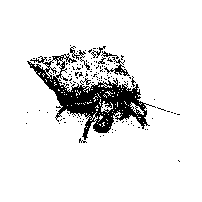
|
(founded 1990) GLAUCUS HOUSE
TEL/FAX: 01273 465433 |
|
|
|
|
|
Andy
Horton spends a year examining the biology and behaviour of the rock
pool fish and other marine life.
|
|
|
|
|
|
|
|
Recommended Sites |
|
|
|
|
|
|
|
|
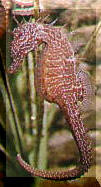
Sea Horse |
|
Information file for children |
|
Brief guide for Parents |
|
|
|
|
|
|
|
|
|
|
|
|
|
|
|
|
|
|
|
Study Society |
NOTES FOR THE PRIMARY SCHOOL TEACHER
Safety is the overriding concern when taking primary school children down to a rocky shore, or a rock and sand shore, for an exploration. It is easy to have an accident on slippery rocks, and barnacles can raise a nasty graze.Every child should have at least a knowledge of the common animals found between the tides, e.g. winkles, limpets, mussels, cockles, hermit crabs, starfish, crabs, sea urchins etc. (it should be remembered that the common names in Scotland are sometimes different). The article "What is it?" may help the parent and teacher.
The expedition can also be used to explain the working of the tides, types of shore, how far is the horizon? etc.One idea that you will find in books is to encourage the children to collect a few dead seashells washed up on the strandline. The idea not in the books is to arrange the dry shells on the school (or home) flatbed scanner. If you collect two of each shell (or both halves of a bivalve), both sides can come out on the final image. We would be interested in seeing the final scan, with full details of the shore from where the shells were collected (including the grid reference if possible).
Please send it to the above EMail address.
Try to identify the shells from a popular guide.
We are also interested in photographs showing the topography of each shore (if you go down the day before, or after, you can take a photograph at high tide as well).
Zonation on the shore may be too much for all but the brightest pupil to take in, but the bands of different seaweeds, limpets on rocks etc, can also make a good photograph even with a basic snapshot camera. Shingle plants are also easy to photograph.
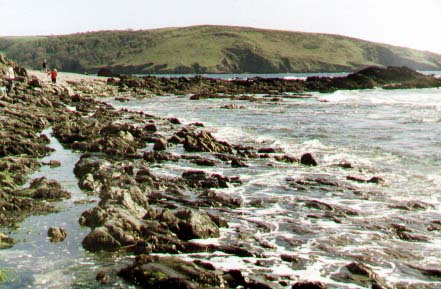
Wembury Bay, Devon (Photograph by Bryan Vallance, Plymouth)
What is it?
Brief guide for Parents
- Recommended Books:
- Exploration Seashore is an activity guide for children.
- Saltwater Life (book)
NEW
BOOKS:
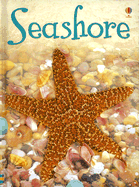 |
Seashore by Lucy Beckett-Bowman Consultant:
Andy
Horton
Usborne
Beginners Series
ISBN
978-0-7460-8864-7
|
TRY THIS BOOK!
"It
has often been said that more people go fishing than watch football matches.
But for every well-equipped adult angler, round the corner are a dozen
muddy little tiddler-catchers.
There
can only be one possible conclusion.
TIDDLER-CATCHING
IS THE MOST POPULAR SPORT IN THE WORLD."
from
"HOW TO CATCH TIDDLERS"
by
Ian Russell
ISBN 0-14-031891-7
- Access the Popular Guides Page for the BMLSS recommended books for newcomers to the hobby of Rockpooling and Exploration of the Seashore.
- The Devon Wildlife Trust produce an information pack for teachers. Tel: 01392 279244 Jenny Glanvill or Emma Davis.
|
|
Click on this link for the SEASHORE
QUIZ
for school age children.
(Multiple Choice)
The BMLSS (England) site commenced on 1 January 1997
|
|
|
|
Andy Horton, Webmaster
Copyright 1999 British Marine Life Study Society
|
|
|
|
|
News 2018 |
Membership Form |
|

